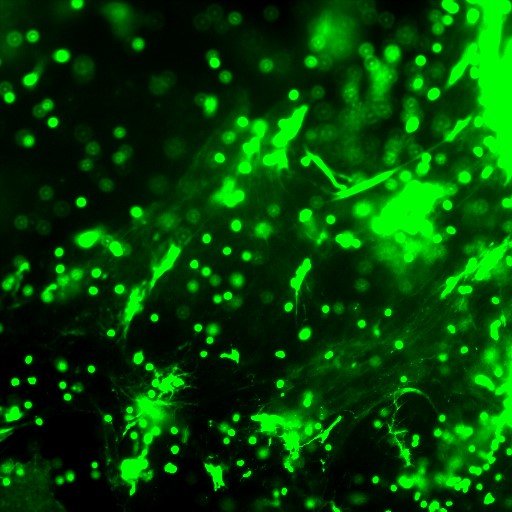
Introducing a clot adhesive coating for medical devices to improve clot capture and retrieval
Confident clot retrieval
Blood clots are at the root of today’s most deadly diseases
“Thromboembolic conditions were estimated to account for 1 in 4 deaths worldwide in 2010 and are the leading cause of mortality”
Thrombosis occurs when a blood clot (thrombus) forms and obstructs the flow of blood in an artery or vein.
Blood clots can lead to stroke, heart attack, pulmonary embolism (PE) and other critical conditions.
Medications such as blood thinners or clot busters provide preventative and non-acute care to eligible patients.
Where clots pose a risk of death or damage to organs or limbs, clots are removed surgically or with catheter-based systems (mechanical thrombectomy).
KAPTO’s technology
The role of NETs in clots
Neutrophil Extracellular Traps (NETs) are web-like structures that are present on and within clots observed in stroke, heart attack, and deep vein thrombosis patients.
A growing body of evidence shows that NETs are an integral part of any clot that has been exposed to flowing blood.
NETs are created when blood platelets repeatedly smash into stagnant neutrophils (type of white blood cell). Before dying off, the stressed neutrophils burst and release DNA and proteins which together form dense structures outside of the cell.
Although NETs are thought to prevent the spread of infectious disease, in embolic conditions the sticky NET structures cause coagulation and promote clot formation.
Extracellular DNA (green) reflects the formation of NETs by leukocytes infiltrated into the clot. Spread NETs (picture inset) form dense meshes of DNA on the surface and within the clots.
Exploiting NETs
KAPTO’s coating targets and strongly adheres to NETs. The coating takes advantage of the strength of the NET webs, using NETs as anchors to the clot.
Applied to medical devices, the KAPTO coating improves clot capture and clot retention by selectively targeting NETs integral to clots and leveraging their stickiness.
Clot attached to KAPTO-coated clot retrieval device. Dense extracellular DNA meshes infiltrating and covering the clot are revealed by a DNA blue dye.
Because NETs are present in clots but not in healthy blood or vessel walls, the coating binds actively to clots without adhering strongly to other matter.
Specifications and applications
Easy application on to existing or new medical devices
coating made of approved molecules with known safety profiles
coating is applied to medical devices using a simple dip coating process
permanent chemical bonds create a robust and non-eluding coating
the ultra thin coating does not alter device characteristics
use of coated devices requires no change to existing medical procedures
Supporting a broad range of therapies
Stentrievers for treatment of Acute Ischemic Stroke (AIS)
Clot retrievers for Acute Pulmonary Embolism (PE)
Peripheral mechanical thrombectomy devices
Embolic protection devices




